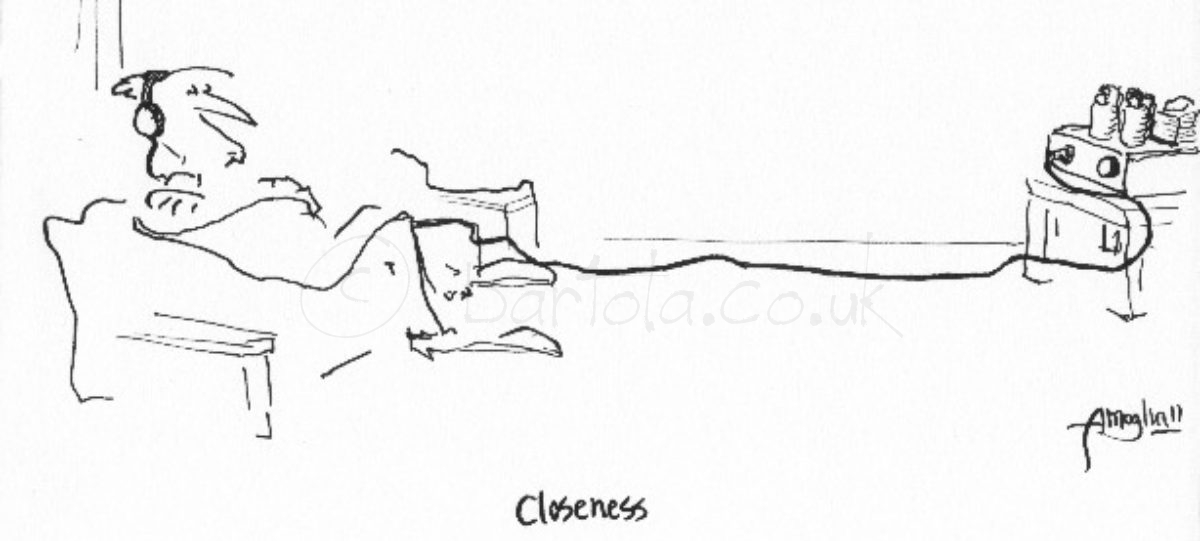Introduction
I ran my JFET folded-cascode RIAA preamp for more than a year with batteries. Charging the batteries has been painful enough for me to decide to look for alternative supplies
A DC supply for an MC stage is not an easy task to accomplish. My battery pack ran out to a point that frequent recharging periods became a real nuisance, so decided to build a DC supply.

The circuit

Basic decoupling is provided by C7 and C8, C9 for the voltage reference which also provides a smooth and slow voltage raise during turn-on and finally C10 and C11. I used components at hand so values can be changed as needed. All SMD except C9. The output LED diode provides the minimum load the LT3080 needs and also serves as indicator. It can be omitted. R4 at 4K7 provides less than 5mA of current which is sufficient for the LED and ensures ripple is kept to minimum. The ripple rejection of this regulator under such a small load is +90dB. This combined with a good raw supply provides a really quiet supply for the RIAA.

- The 15+15V (15VA) toroid could be a split-bobbin transformer for better isolation. The snubber components were adjusted with the Snubber Jig. The 22Ω resistor was best snubber for Cx=100nF and C2=10nF.
- The Schottky bridge can be built using smaller diodes. I just had at hand 4 MBR1060 which I wasn’t planning to use. You don’t need such big diodes. However, the TO-220 package is quite handy to stack the diodes and build the bridge in a very compact structure if you’re not planning to create a PCB for the supply.
- C3 and C4 are high-quality EPCOS capacitors. The CM choke helps with common noise and C5 & C6 with improving the HF filtering of the supply.
- R1 is a bleeder resistor for discharging the filtering capacitor bank when the power supply is switched off
As the LT3080 hasn’t got a negative regulator brother, you need to build a pair of raw supplies and a pair of regulators to provide the bipolar 18V supply output needed:

The low impedance of the raw supply is ideal for minimising the noise pick-up (if any) of the shielded umbilical cord. Hence is best to put the LT3080 regulator PCB on the RIAA side.
On the RIAA stage side, the two small regulator PCB boards were placed on top of the RIAA PCBs (see below) and the outputs wired to achieve the bipolar output needed. Note that the earth is routed separately to the input earth connection point at the RIAA input. This will avoid ground loop noise. I also added a ground lift switch which may be helpful depending on the earth wiring of your system.
Every construction project has its own challenges and mine here was the umbilical cord. Believe it or not. I previously fitted a 4-pin small XLR-type connector on the top plate of the RIAA stage (see image below). The XLR connector was too small for the umbilical cord I built. The umbilical is made of 4 wire plus a tinned braid inside a red cotton braid. This wasn’t a problem with the new connector I placed on the supply side, however it was a bit too thick for the XLR connector so I had to add two layers of heat-shrink tubing:

Listening impressions
As I haven’t got too much time for DIY these days, I couldn’t run all the tests I’d wanted to measure the supply noise. When building it, the RAW supply ripple was below 0.4mV and that was before the LT3080 contribution and without housing it properly.
The supply has achieved the objective. There is no hum at all in my system. Even placing my ear right to the speaker at normal listening volume with no record being played, there is no trace of hum. This is a major success considering the gain of the RIAA stage (MC type). The arm is not wired in balance mode so, I’m impressed with the result.
How does the LT3080 sound? I really like it, simply because I haven’t noticed any changes from the battery supply. This is fantastic as it means there is no coloration noticeable from the supply.
I will listen to this configuration for some time now, but I’m really pleased with the results.

